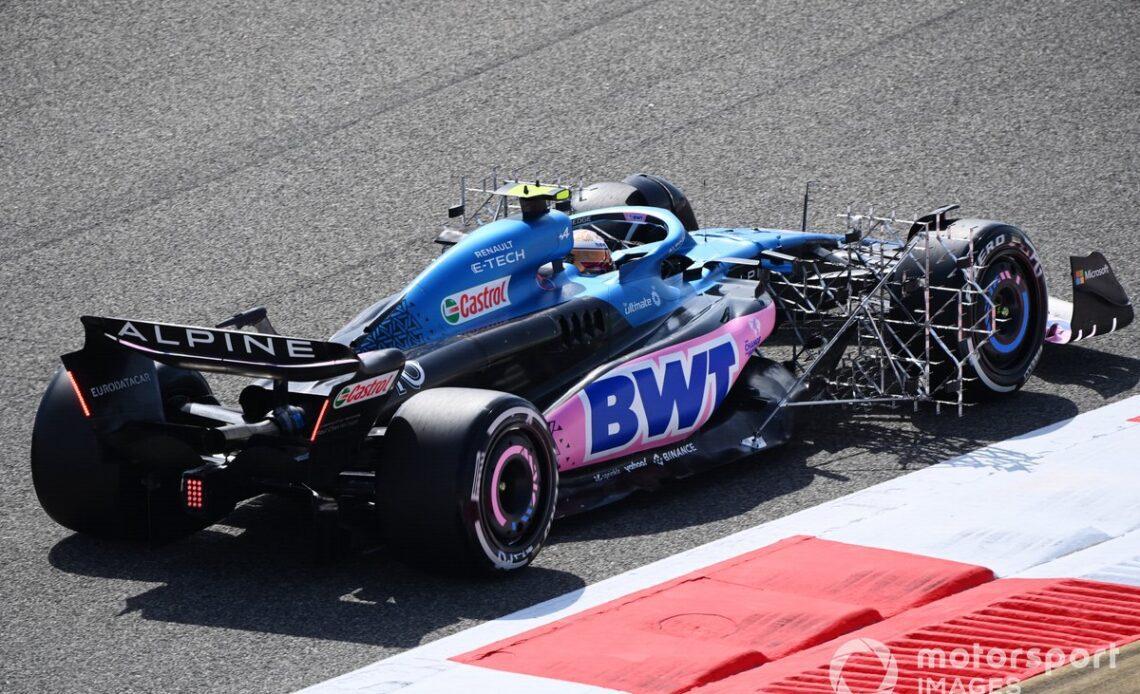Behind the obvious top trio of Red Bull, Ferrari and Mercedes, they say a toss of a coin will decide which of the seven other squads are strongest in 2023. Even then, the order will change from one race weekend to the next as the timing of upgrades and differing circuit characteristics upset the status quo. No one will be massively cut adrift, lapping purely to make up the numbers.
On the final day of pre-season testing in Bahrain last week, Haas boss Guenther Steiner was asked to predict the early pecking order of the so-called Class B competitors. The charismatic Italian said: “You ask me where anybody is in the midfield, I don’t know. I have no clue.
“I think this year is even closer. Some cars will be better on certain tracks, some on others. Fast and slow tracks and things like this because it’s so close together. That’s my feeling at the moment. I could be wrong. But I look at it, my guys ask me, I don’t really know where we are.
“I think there’s no midfield anymore. There’s the top teams and the rest. That’s my opinion, I’m seeing it now.”
That’s a bold assessment given the ground-effects revolution starting in 2022 so far only merits a mixed assessment. The rulemakers sought to upset the established order to create a more competitive and varied F1. But Red Bull dominated with 17 grand prix victories. And there were zero underdog successes as per Daniel Ricciardo at Monza in 2021 or Esteban Ocon’s unlikely triumph in Budapest that the previous rules era occasionally permitted.
In fact, including sprint rounds, of the 75 podiums on offer last year, only one was scored by a driver from a team outside of the big three. That came courtesy of McLaren’s Lando Norris in the wet-dry Emilia Romagna Grand Prix.
Pleasingly, however, under a rules package conceived to slash the levels of dirty air that hamper overtaking, the number of passes did climb considerably. According to Pirelli data, there were 599 on-track overtakes in 2021. That rose to 785 last term, marking a healthy 31% increase. And it was in no small part thanks to an ultra-congested midfield that those positions were traded more regularly.
Alpine’s A523 features revised rear suspension and improved packaging
Photo by: Mark Sutton / Motorsport Images
As the cost cap gradually equalises the field (although Steiner reckons it’ll be a decade before the infrastructure head start enjoyed by the top three is truly eroded), it stands to reason that…
Click Here to Read the Full Original Article at Motorsport.com – Formula 1 – Stories…

